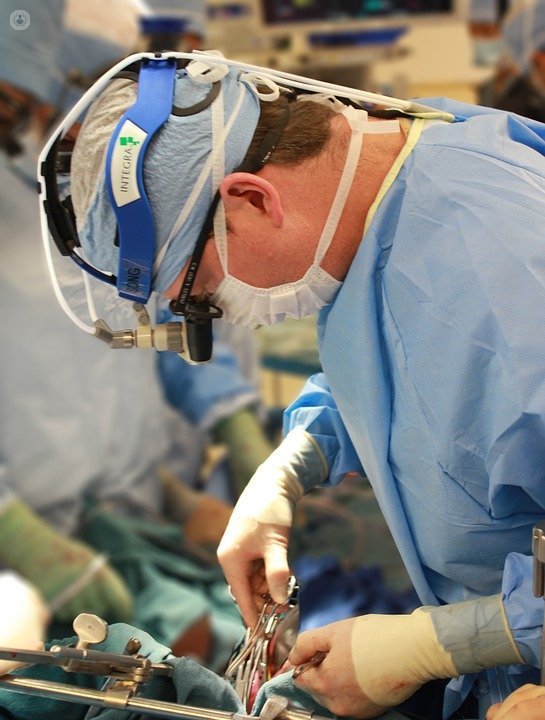Combined treatment of surgery and HIPEC for peritoneal carcinomatosis
Written by:Treatment of patients with peritoneal carcinomatosis has evolved greatly in the last 20 years. Peritoneal carcinomatosis (PC), also known as peritoneal carcinomatosis, refers to tumor spread or spread of cancer to nearby organs.
 Peritoneal carcinomatosis may have two origins: first, the peritoneum (pseudomyxoma and mesothelioma) and, secondly, an origin in tumors related to the digestive system or the Gynecology .
Peritoneal carcinomatosis may have two origins: first, the peritoneum (pseudomyxoma and mesothelioma) and, secondly, an origin in tumors related to the digestive system or the Gynecology .
Treatment of peritoneal carcinomatosis
The treatment of peritoneal carcinomatosis combines debulking surgery and HIPEC which is intraperitoneal hyperthermal chemotherapy. Before using this combined treatment, peritoneal carcinomatosis was considered a terminal stage with a median survival of 20 months in cases of gastrointestinal origin.
Thanks to improvements in surgical techniques used and management protocols safer chemotherapy, complications associated with treatment has decreased. This has caused the median survival in cases of gastrointestinal origin increased to 60 months.
One of the most important factors for the expansion of this combination treatment for peritoneal carcinomatosis is the learning curve. The mortality can be reduced by 50% and morbidity of 30%, a figure that can be compared with any digestive surgery such as a pancreatectomy. The learning curve includes the correct selection of patients for such a complex treatment.


